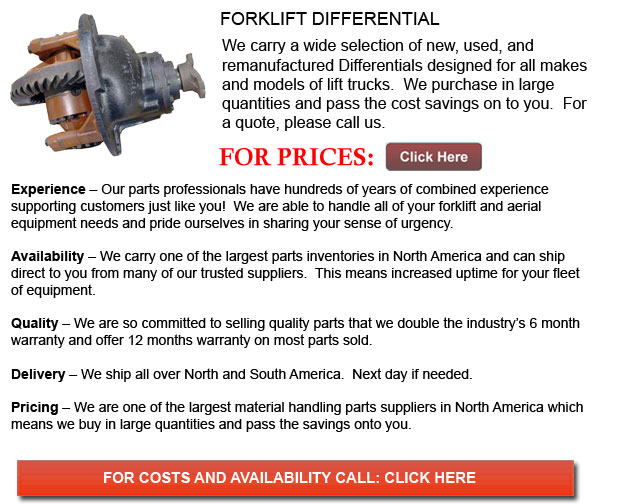
Forklift Differential - A differential is a mechanical machine that is capable of transmitting rotation and torque via three shafts, frequently but not at all times utilizing gears. It normally operates in two ways; in automobiles, it provides two outputs and receives one input. The other way a differential operates is to put together two inputs to produce an output that is the average, difference or sum of the inputs. In wheeled vehicles, the differential allows all tires to rotate at different speeds while supplying equal torque to all of them.
The differential is designed to drive a set of wheels with equal torque while allowing them to rotate at different speeds. While driving around corners, an automobile's wheels rotate at different speeds. Several vehicles such as karts operate without utilizing a differential and use an axle in its place. When these vehicles are turning corners, both driving wheels are forced to spin at the identical speed, typically on a common axle which is driven by a simple chain-drive mechanism. The inner wheel should travel a shorter distance as opposed to the outer wheel while cornering. Without using a differential, the consequence is the outer wheel dragging and or the inner wheel spinning. This puts strain on drive train, causing unpredictable handling, difficult driving and damage to the tires and the roads.
The amount of traction needed to be able to move whatever vehicle will depend upon the load at that moment. Other contributing elements consist of momentum, gradient of the road and drag. Among the less desirable side effects of a traditional differential is that it could limit grip under less than perfect situation.
The torque provided to each wheel is a result of the drive axles, transmission and engine applying a twisting force against the resistance of the traction at that particular wheel. The drive train can usually supply as much torque as necessary except if the load is exceptionally high. The limiting factor is commonly the traction under each and every wheel. Traction can be interpreted as the amount of torque that can be generated between the road surface and the tire, before the wheel begins to slip. The automobile would be propelled in the planned direction if the torque used to the drive wheels does not go beyond the threshold of traction. If the torque applied to every wheel does exceed the traction threshold then the wheels will spin continuously.
![]() Click to Download the pdf
Click to Download the pdf
Forklift Parts
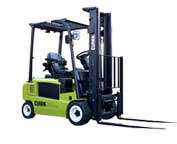
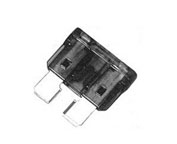
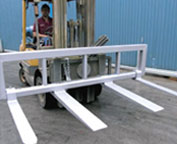


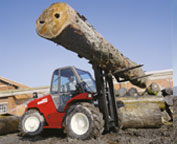

Lift Parts Express
TOLL FREE: 1-888-695-7994
Boise City, Idaho
forkliftpartsboisecity.com
Email Us
About Us


